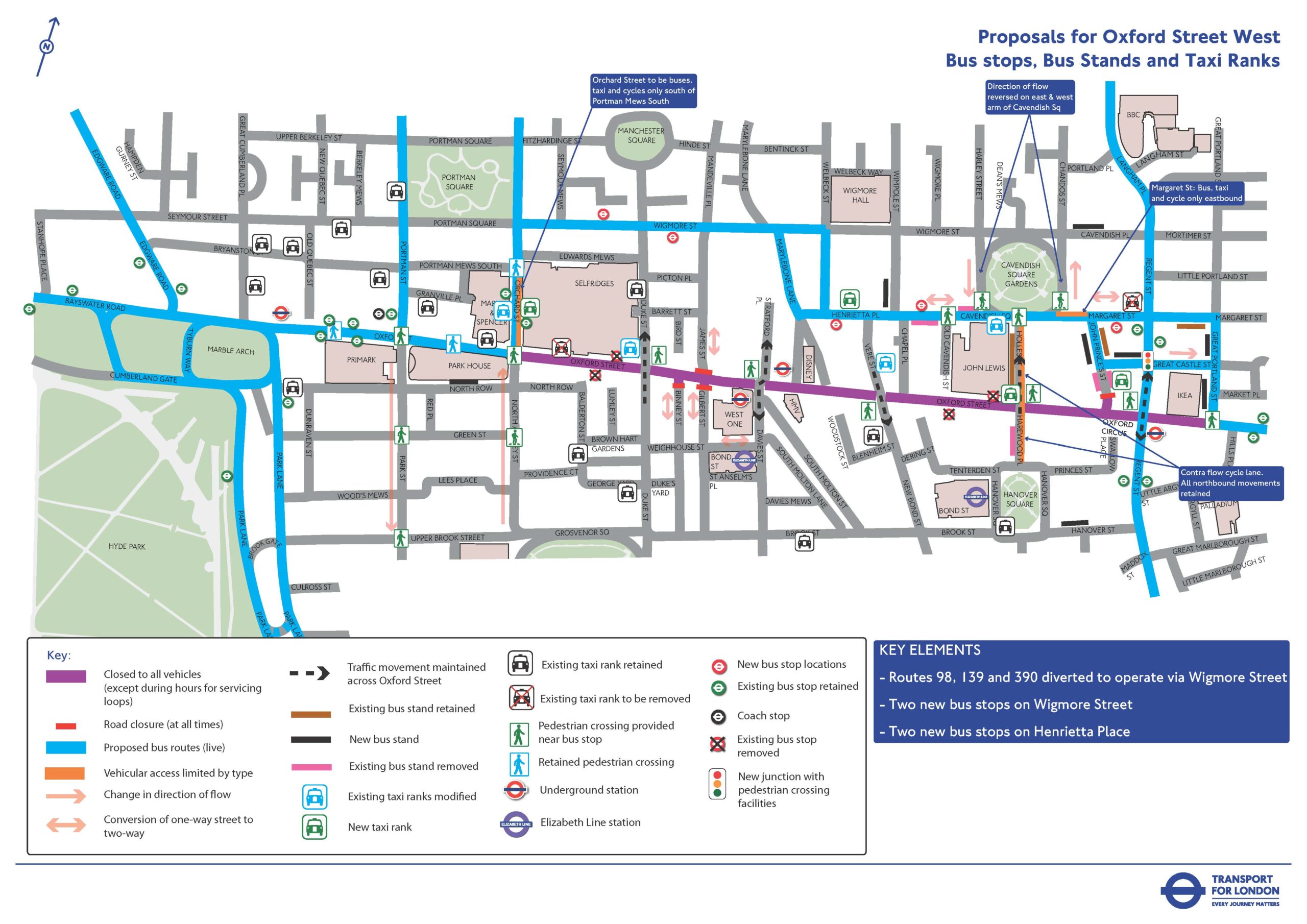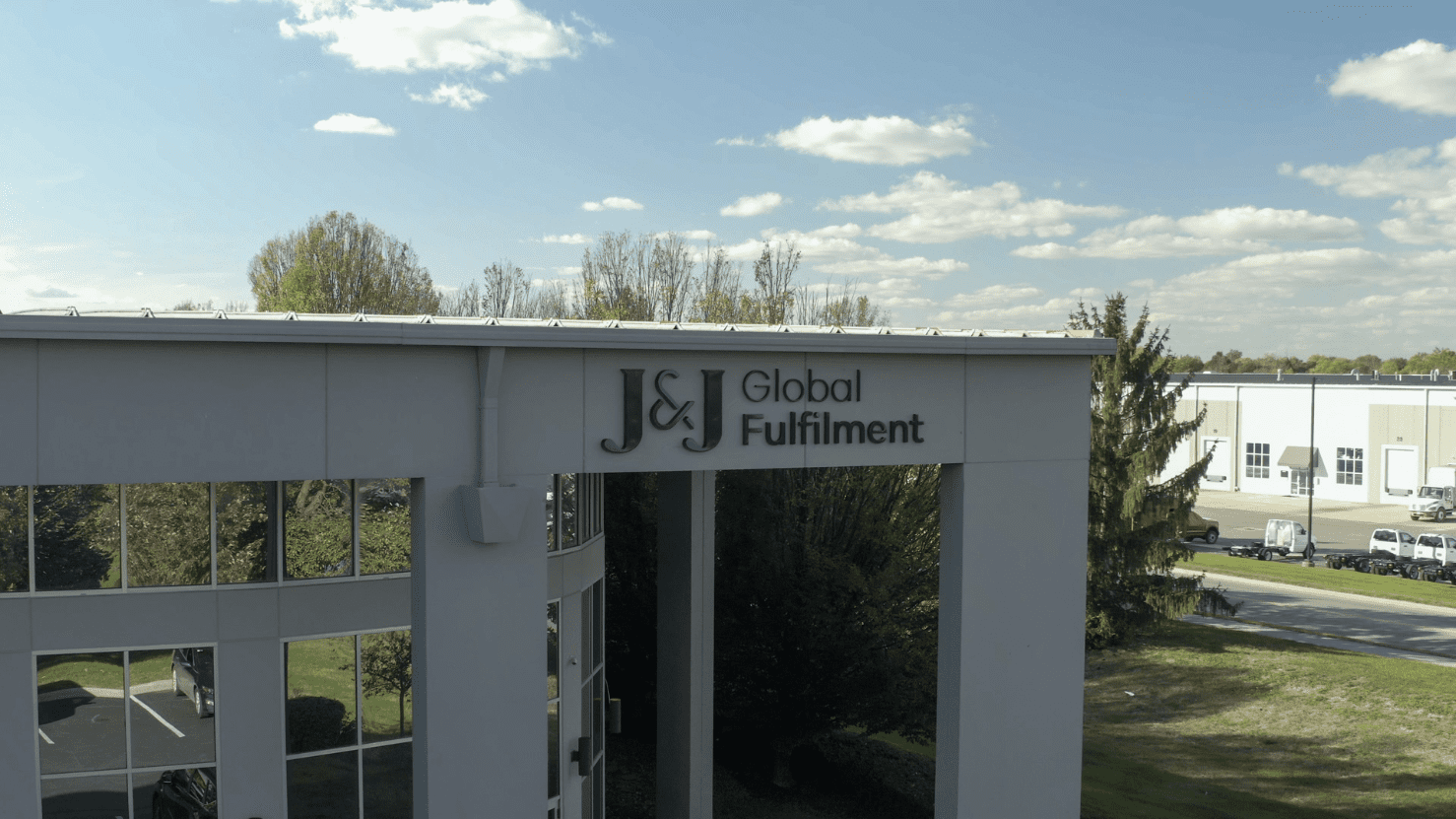- Eight-week consultation until 16 January 2026 allows those visiting, living and working in this iconic location to shape the future of Oxford Street
- Carefully modelled proposal would see all traffic banned from Oxford Street between Orchard Street and Great Portland Street to help revitalise the UK’s most famous shopping street
- Updated bus routes with new fully accessible bus stops and overnight access for local business deliveries would make Oxford Street accessible and enjoyable for everyone
The Mayor of London, Sadiq Khan, and Transport for London (TfL) have today (Friday 21 November) set out their detailed proposals for transport and highway changes to deliver the Mayor’s bold ambitions around pedestrianising and revitalising the capital’s most famous high street.
Earlier this year, more than 6,000 people responded to the Mayor’s consultation on the idea of pedestrianising Oxford Street and proposals to establish a new Mayoral Development Corporation for the area. When asked specifically about the principle of pedestrianisation, around two thirds were supportive.
This first consultation showed there is widespread support for pedestrianising Oxford Street, which would help boost the West End economy by creating a safer and more pleasant overall experience when shopping, dining or simply exploring the iconic area.
The new consultation – which runs for eight weeks from 21 November 2025 until 16 January 2026 – proposes that the section of Oxford Street between Orchard Street and Great Portland Street is closed to private motorised vehicles, buses, taxis and private hire vehicles, cycles, scooters and pedicabs. However, the proposed scheme has been specifically designed to ensure that emergency services would have access to the street at any time, and that servicing vehicles could access the traffic-free area from midnight to 07:00 to support local businesses and retailers.
Oxford Street is already off limits to general traffic between 07:00 and 19:00 Monday to Saturday, and the Mayor and TfL would expect traffic to continue to use alternative routes going forwards.
The proposals being consulted on would maintain several routes for traffic crossing the pedestrianised section. New and wider pedestrian crossings would ensure public safety at these junctions. There are also wider traffic management changes proposed as part of the scheme to ensure effective local access and servicing to the areas surrounding Oxford Street.

Under the proposals, buses that currently serve Oxford Street would be rerouted along Wigmore Street and Henrietta Place. Two new pairs of bus stops with shelters and countdown would be installed along this route.
While buses and taxis would no longer be able to directly access Oxford Street between Orchard Street and Great Portland Street, the proposals seek to provide bus stops, taxi ranks and drop-off locations as close to the pedestrianised area as possible. TfL has also worked to maintain the number of blue badge parking bays in the area and is discussing with Westminster City Council whether additional ranking space could be found on surrounding roads to further support taxi provision.

A sophisticated traffic model developed to assess the proposals’ expected effects on traffic levels and journey times shows that most local bus routes would operate similar journey times, seeing an overall change of less than a minute [5]. A full equality impact assessment has also been carried out, looking in detail at impacts the proposals could be expected to have on the accessibility of Oxford Street.
Although cycling would not be allowed on this section of Oxford Street as part of this proposed scheme, the Mayor and TfL recognise the need to provide high-quality alternative routes through the area and will work closely with Westminster City Council as the highway authority for surrounding roads to support development of further proposals for improved cycling infrastructure.
The Mayor of London, Sadiq Khan, said: “We need urgent action to give the nation’s high street a new lease of life and make it an attractive international destination once again. A reimagined Oxford Street can bring the world to London and showcase the best of London to the world, and I’m pleased that we’re now moving ahead with our exciting plans to regenerate this iconic area, backed by the vast majority of Londoners and businesses.
“These new proposals map out the potential next steps with Transport for London to make our vision of a thriving, greener Oxford Street a reality. I encourage everyone to have their say on the proposals, which would transform Oxford Street into a place Londoners and the whole country can be proud of, as we continue to build a better London for everyone.”
Claire Mann, Chief Operating Officer at Transport for London, said: “Oxford Street is an iconic location, and these proposals would see the key section from Orchard Street to Great Portland Street pedestrianised – creating a safer and more pleasant overall experience when shopping, dining or simply exploring the area. We look forward to hearing the public feedback on these proposals and, subject to the consultation results, delivery of the scheme could begin in the second half of 2026.”
Dee Corsi, Chief Executive at New West End Company, said: “Today’s consultation launch is an important step towards delivering Oxford Street’s transformation, forming part of what must be a long-term strategic approach to the revitalisation of the whole street. We will continue to engage closely with the Mayor and TfL to ensure that the proposed traffic modelling outlined in the consultation reflects the ambitions and needs of local businesses, whilst maintaining the momentum necessary to realise the West End’s full potential.”
Meave Wall, Executive Director of Retail at Selfridges, said “We’re encouraged by the proposals to enhance Oxford Street’s public realm and attract more people to the area through pedestrianisation. We look forward to hearing more about the transformation plans as they continue to progress, and how they can best serve our customers, neighbours, and the wider community.”
Subject to the consultation results, delivery of the scheme could begin in the second half of 2026, focusing initially on the necessary preparatory works to divert buses. Once traffic has been diverted away from Oxford Street, TfL and the Greater London Authority (GLA) would then begin work to make it a more attractive location for pedestrians, which would be subject to separate public engagement.
To respond to the consultation and have your say, please visit the haveyoursay.tfl website.



















